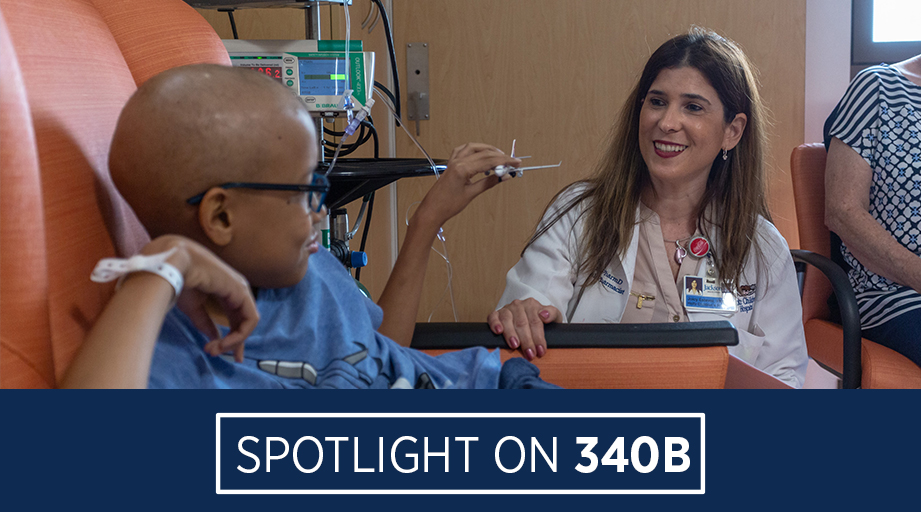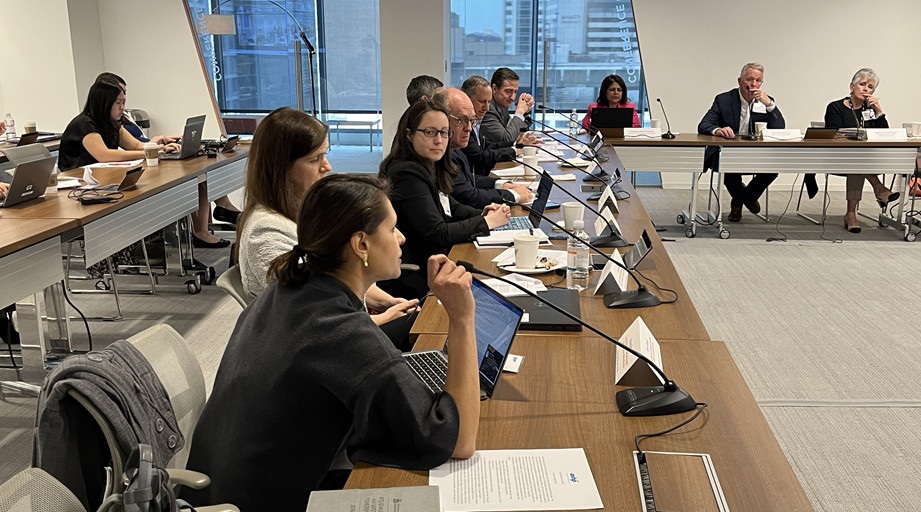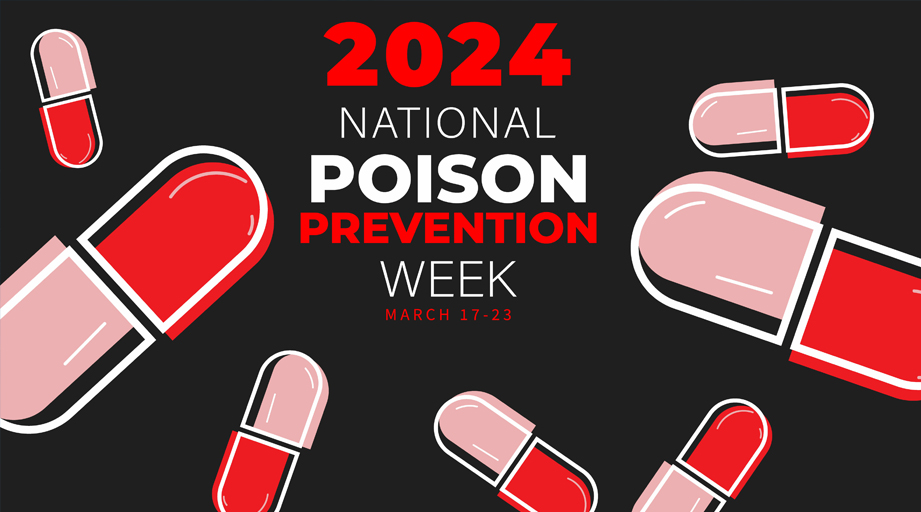
Springtime Surge Preparation Aided Summer COVID-19 Response
Atlanta’s short-lived opening of an alternate care facility to manage an expected spring surge in COVID-19 patients turned into a practice run for an explosion of cases this summer.
Georgia Gov. Brian Kemp announced April 12 that the state had contracted with PAE of Falls Church, Virginia, to build and staff a 200-bed alternate care facility at the Georgia World Congress Center in downtown Atlanta.
Grady Memorial Hospital was named the support hospital for the facility, and the Georgia National Guard and several state agencies assisted with the project. The site was intended for the care of patients with mild-to-moderate illness who did not require intensive care or ventilator support.
The facility opened in late April but closed down within weeks after largely going unused.
But as new COVID-19 cases surged during the summer, Gov. Kemp announced in late July that the alternate care site would reopen to provide 60 initial surge beds and a total capacity of 120 beds.
The reopened facility treated patients from August 4 through September 24 and handled 109 admissions from 12 different facilities, said Rondell Jaggers, executive director of pharmacy and clinical nutrition for Grady Health System.
“The [facility] was instrumental in managing COVID-19 bed capacity across the metro Atlanta area as well as helping facilities as far away as Dublin, Georgia. Our peak census was 44 patients in late August,” Jaggers said.
He called the initial opening back in April a “dress rehearsal” for the summer surge and said the planning group better understood what it needed to accomplish in the reopening.
“I think it was very successful operation,” Jaggers said.
He said that back in April, the facility was intended for “lower-acuity” care to help local hospitals reserve their beds for seriously ill patients.
The reopened site, he said, supported an intermediate level of care and served as an extension of local hospitals’ medical–surgical units. The site was equipped with oxygen tanks, portable X-ray units, and devices to monitor vital signs. Jaggers said the site was fully integrated with Grady’s electronic medical records system, and Grady was responsible for credentialing the onsite staff.
After transfer to the alternate care facility, patients were admitted and the onsite team performed medication reconciliation.
Medication doses were entered into the electronic medication administration record, but the alternate site did not have bedside barcode administration technology.
Commonly used medications were stocked in automated dispensing cabinets. Compounded sterile products (CSPs) such as remdesivir and ceftriaxone were prepared by Grady pharmacists and periodically couriered to the facility along with other medications that weren’t stocked onsite.
Jaggers said there was limited demand for CSPs other than maintenance fluids and antibiotics at the alternate care facility.
“Most CSP’s ... were set up via mini-bag plus so the nurse activated and mixed at the bedside. We also had ready to use doses of vancomycin available in the automated dispensing cabinets,” he added.
Jaggers said the deployment of automated dispensing cabinets at the facility was an improvement over the arrangement in April, when hospitals were asked to send a week’s worth of medications with each patient. That plan, he said, didn’t mesh well with Grady’s medication use process.
The onsite team was managed by the state’s contractor.
“They provide[d] the staffing and setup and a lot of the expertise and logistics,” Jaggers said. The contract team included several pharmacy technicians, and Grady’s pharmacists managed medication use remotely for the facility.
Jaggers said the facility had “hot zones” for patients who tested positive for COVID-19 and a “cold zone” that included staging areas for materials and equipment. Staff adhered to strict donning and doffing protocols for personal protective equipment as they moved through the zones.
Jaggers said the facility’s interior space was defined with walls, and floor units were separated into 20-patient “pods.” Each patient had a separate room in the pod, with a bed and bedside table.
Jaggers was brought into the project by Grady’s chief policy officer, Matthew Hicks, who was the hospital’s onsite administrator during the initial opening of the alternate care facility.
“This time around, he asked for some help. And I was asked to join him as that second Grady administrator onsite,” Jaggers said. He said his work involved establishing and maintaining pharmacy services and also troubleshooting and supporting facility-related services and needs.
ASHP’s Health-System Pharmacy Surge Toolkit provides information about expanding bed capacity onsite and at alternate care sites. For more information and free tools regarding the pandemic, including the Assessment of Evidence for COVID-19-Related Treatments, visit ASHP’s COVID-19 Resource Center and the COVID-19 Community at ASHP Connect.
[This news story appears in the January 1, 2021, issue of AJHP.]







